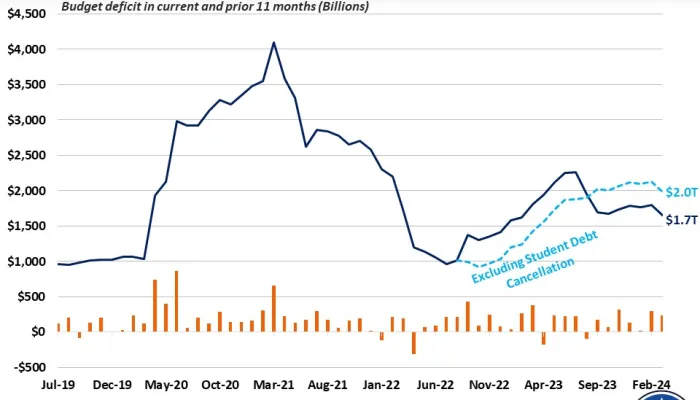Q&A: Everything You Should Know About the Conference Committee
As part of the bipartisan deal to end the government shutdown and avoid default, a budget conference was established. The purpose of this conference is to reconcile the House and Senate budget resolutions passed earlier this year, and optimally reach an agreement on government funding levels and how to set the country on a fiscally sustainable long-term path.
Today, CRFB published a short primer on the budget conference, and how exactly it works. Below are just a few of the questions that the primer answers.
What is a budget conference?
A budget conference is a process by which the House and Senate reconcile the budget resolutions they have each separately passed to arrive at one budget that each chamber agrees to adopt.
Over what time period will the conference negotiate?
The conferees for the budget conference were named on October 16. When the conferees were named, the House and Senate both set a non-binding deadline for the conference to report its recommendations by December 13, about one month before the government funding bill expires on January 15, 2014. The Chairman and Ranking Members of the House and Senate Budget Committees had a preliminary meeting on October 17. The first official meeting of the full conference is expected to occur during the week of October 28.
How many people have to agree to the recommendations?
In order for the conference committee to offer recommendations, the proposal must be agreed upon by a majority of each chamber's representatives to the conference. In this case, 4 members from the House and 12 members from the Senate must agree upon the final proposal from the conference. If it obtains this support, it will then be sent to the Senate and House for a vote, where a simple majority will be required to pass the conference agreement as a budget resolution.
What is a budget resolution?
A budget resolution is a topline blueprint outlining intended revenue levels and spending by category for the coming fiscal year as well as future years. The blueprint does not mandate any specific policy changes and does not directly change government policy in any way. A concurrent budget resolution is not signed by the President and is not legally binding.
We hope that this Q&A will be a useful primer on the budget conference. Conferees should take advantage of this opportunity to reach an agreement about our long-term fiscal future, and put the nation on a sustainable path to reduce the deficit.
Click here to read the full Q&A.


